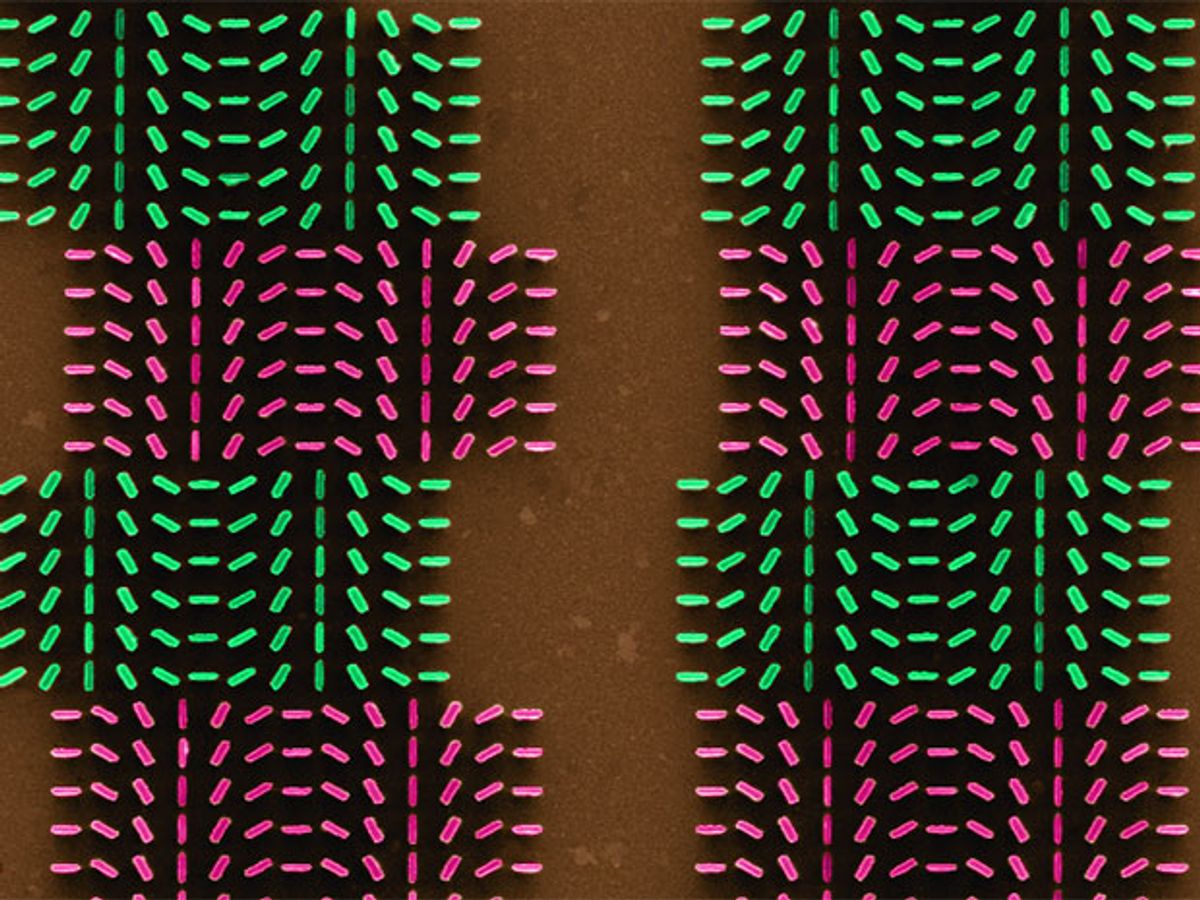Scientists putting a modern spin on a 50-year-old idea have created a hologram that could make for better smart glasses and improved anti-counterfeiting measures.
Based on a metasurface—a design concept that provides fine control over various characteristics of light—the new meta-hologram produces a strong image at any wavelength of light, whether visible or infrared. “They are infinitely broadband,” says Antonio Ambrosio, a visiting scholar in the laboratory of Federico Capasso at Harvard University. “Whatever light you shine, you will get always the same image with the same quality.”
The meta-holograms can also be designed so an image is visible only when illuminated by light of a particular polarization—a capability that could be useful in anti-counterfeiting seals on money or pharmaceuticals, as well as for switching channels in optical telecommunications. The researchers describe their device in the latest issue of Science Advances.
The team turned to an old hologram design, the binary detour phase hologram, first developed in 1966. That device used micro-apertures slightly offset from one another—they “detoured” from a strict periodic pattern, in other words—to create interference in the light passing through them. The result: an image generated at a desired point in space. The design was an important step in the development of holography, Ambrosio says, but it worked only with light at a specific wavelength and transmitted too little of the light. For those reasons, it was eventually supplanted by liquid crystals and other techniques.
The Harvard team updated the concept by using nanofabrication techniques to create what they call “effective apertures” out of structures with some dimensions smaller than the wavelength of visible light. By arranging a series of “nanofins”—tiny bars of silicon 85 nanometers wide, 350 nm long, and 1000 nm high—and varying their angles with respect to each other, the researchers were able to refract light passing through the device just the way they wanted. Tens of these nanofins were grouped together to form superpixels, each one performing a particular function.
One result was that, while individual pixels might work with particular wavelengths, the hologram as a whole doesn’t care what color of light is shining through it. In one version of the hologram, the nanofins in each pixel were oriented so half of them interacted with light spinning in a right-handed direction and half with light with a left-handed polarization. That allowed the hologram to display one of two images, depending on whether the light passing through had a right-handed or left-handed spin. Such chiral holograms could be used to defeat counterfeiters.
While metasurfaces have previously been used to create holograms, most of those were reflective, Ambrosio says. This latest device is transmissive, meaning that it uses light shining through it. The upshot: It could project a holographic image, which might make it well suited to use in smart glasses that need to project an image into or in front of the wearer’s eyes. And it can be fabricated with the same standardized techniques used to build computer chips and electronic components. That means large numbers of small, flat, lightweight holographic devices would be easy and cheap to produce.
“This can be an optical component of an electronic device,” Ambrosio says.
Neil Savage is a freelance science and technology writer based in Lowell, Mass., and a frequent contributor to IEEE Spectrum. His topics of interest include photonics, physics, computing, materials science, and semiconductors. His most recent article, “Tiny Satellites Could Distribute Quantum Keys,” describes an experiment in which cryptographic keys were distributed from satellites released from the International Space Station. He serves on the steering committee of New England Science Writers.



